Crop and Soil Sciences
-

C 858-16
Radon in Your Water
Radon is a naturally occurring, radioactive gas formed from the decay of uranium and radium found in geologic deposits. Exposure to radon gas most commonly occurs through elevated levels in home air. However, in Georgia and neighboring states there is a lesser, though still significant, risk of exposure to radon dissolved in drinking water. This circular addresses the issues on its occurrence, human exposure pathways, testing, interpretations, and remediation strategies.
Uttam K. Saha, Pamela R. Turner, Derek Cooper, Kathryn Holland, and David Parks
|
-

This resource will help county agents, producers, and industry professionals learn about planting and growing annual forages in Georgia. These annual species fill critical gaps in both forage and crop production seasons.
Lisa Baxter and Taylor Randell Singleton
|
-
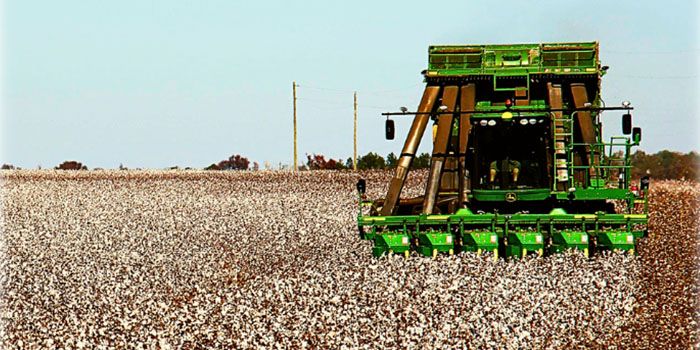
This publication provides a step-by-step procedures to calibrate the module handler weighting system and the on-board yield monitor on John Deere round module cotton harvesters.
Wesley Porter and Luke Fuhrer
|
-
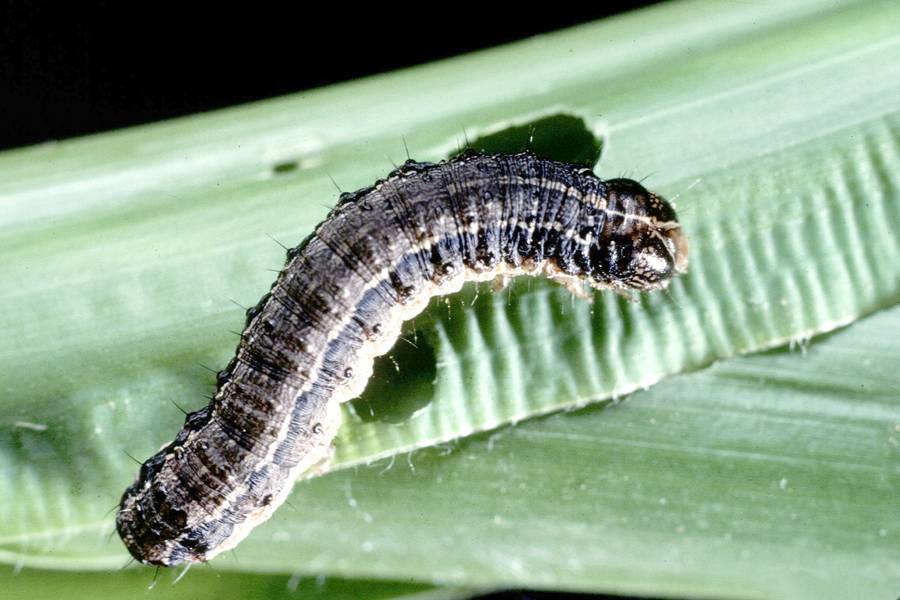
C 1130
Armyworms in Sod
It is not unusual for fall armyworms to infest newly planted sod in a home landscape, especially during late summer to fall. Not all fall armyworm problems originate from sod farms but instead begin near the home landscape where sod is installed. This resource explains the biology and seasonality of fall armyworm in Georgia and discusses possible management strategies to mitigate infestation.
William G. Hudson, Clint Waltz, and Shimat V. Joseph
|
-
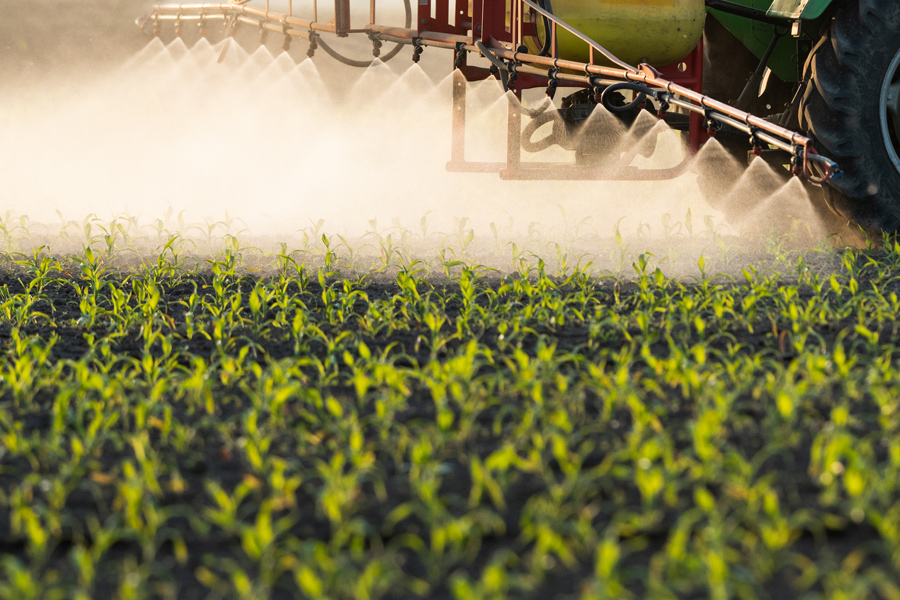
Pesticide applicators should visit the Bulletins Live! Two website to determine if they are located within a pesticide-restricted or limited area, known as a pesticide use limitation area (PULA). These restrictions protect endangered and threatened species from adverse effects. This publication provides users a step-by-step guide on how to navigate this website and access the information needed for applications and recordkeeping.
Taylor Randell Singleton, Stanley Culpepper, and Eric P. Prostko
|
-

C 1331-01
The Bucket Method
This publication describes the Bucket Method and how someone would use this method to measure the streamflow in a stream, creek, or river to be used in developing a Low Flow Plan required for a agricultural withdrawal permit. Part of the Stream Flow Measurements series.
Gary L. Hawkins and Ernest W. Tollner
|
-
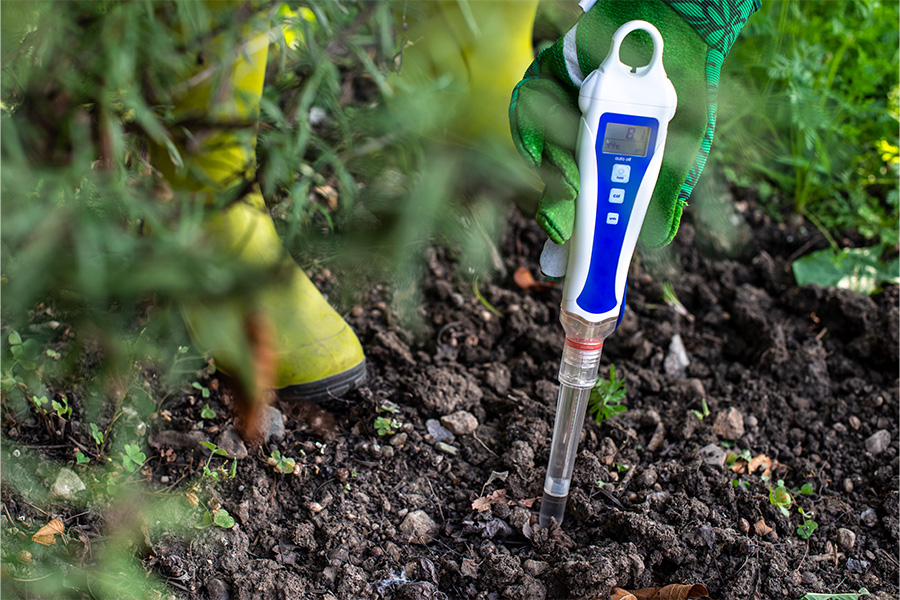
This resource explains a new method developed through UGA research that helps growers determine the amount of lime needed to correct their soil pH. It is useful for producers and soil-testing lab technicians.
Jason Lessl, David E. Kissel Ph.D, and Paul F. Vendrell
|
-
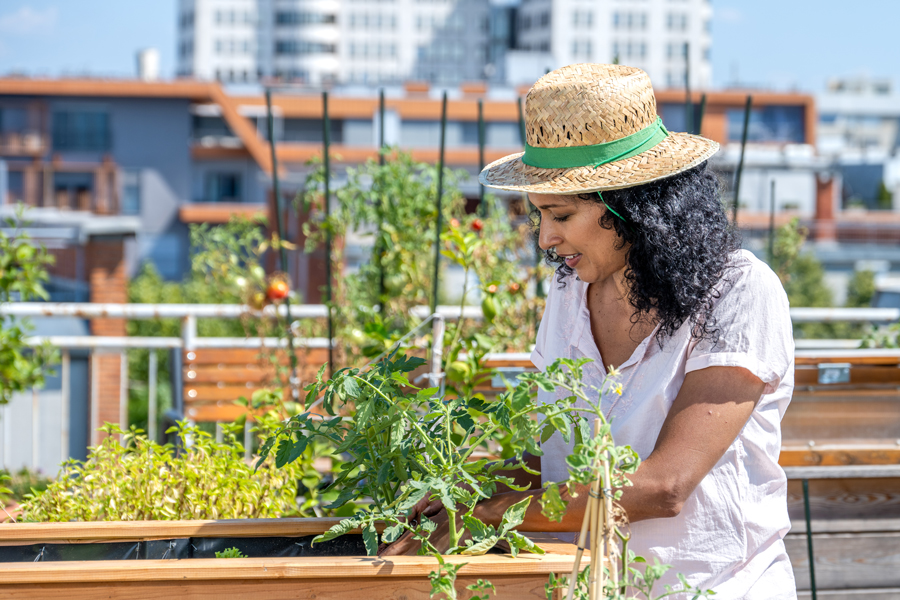
Urban gardeners and farmers may have concerns about potentially harmful contaminants in their soils. By determining the historical use of the land, one can test for soil contamination associated with prior use. This publication outlines appropriate testing procedures for soil contamination and recommends best gardening practices for working in urban soils.
Jason Lessl
|
-

B 1331
Canola Production in Georgia
This publication covers best management practices for canola production in Georgia. Growing canola profitably takes planning and good management, from seed selection to harvest to marketing.
G. David Buntin, Timothy Branner Brenneman, Timothy Lane Grey, James W. Buck, Eric P. Prostko, and Amanda R Smith
|